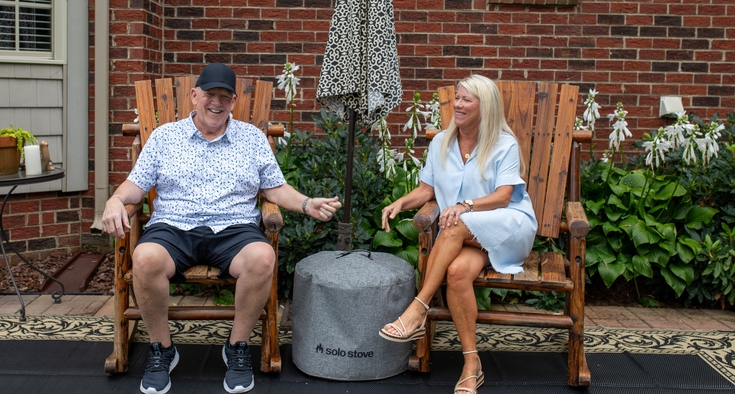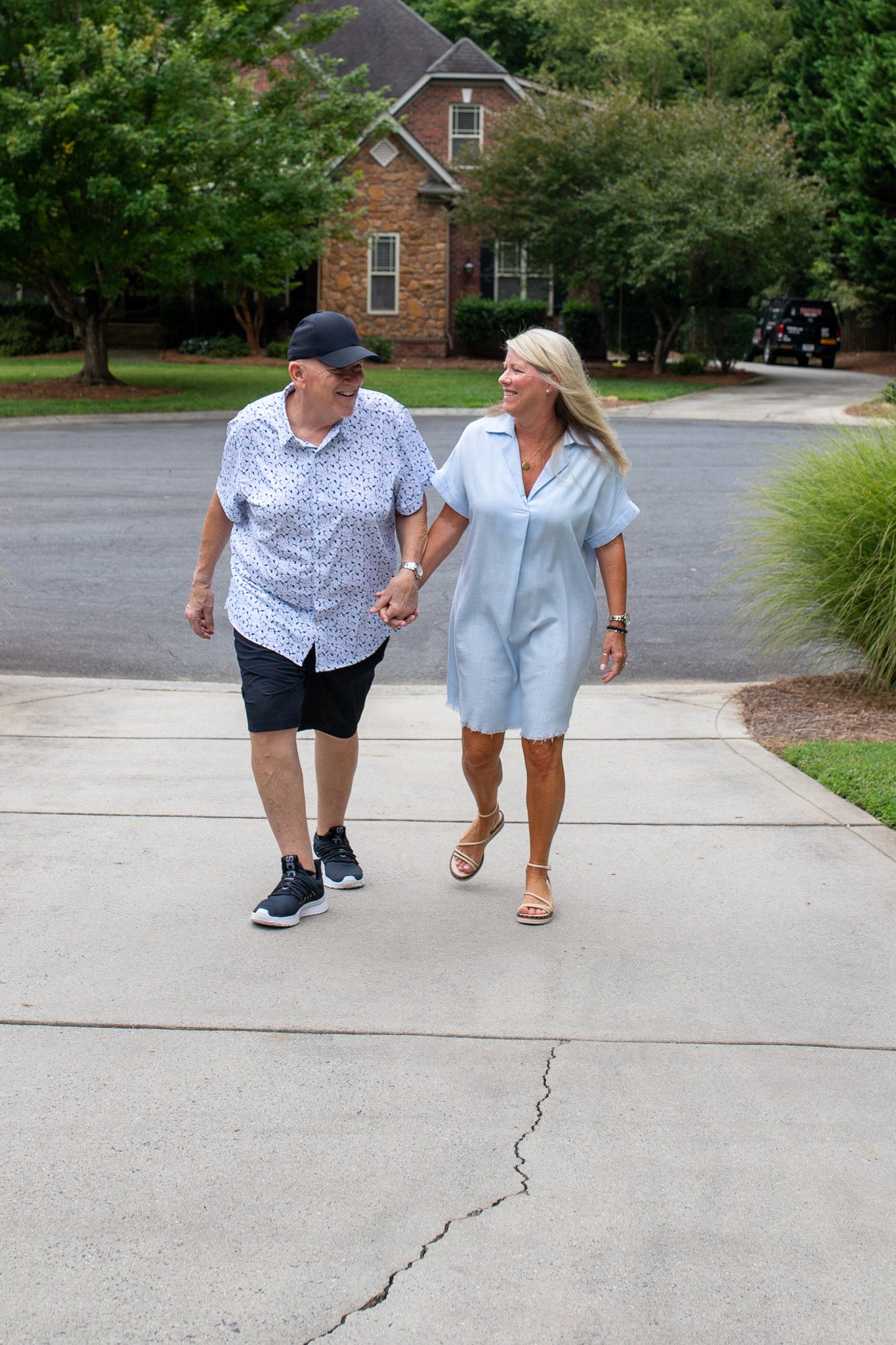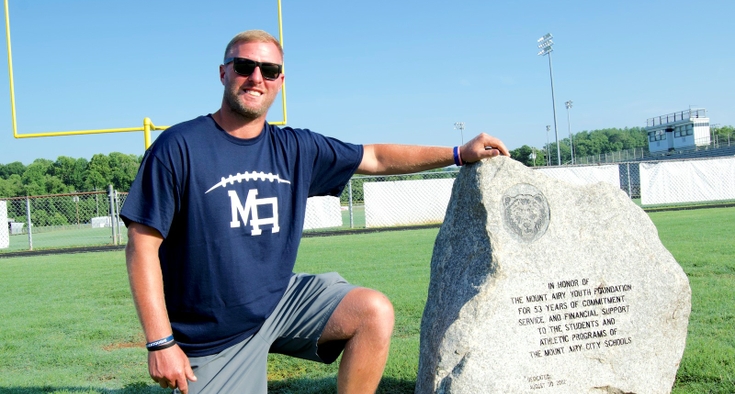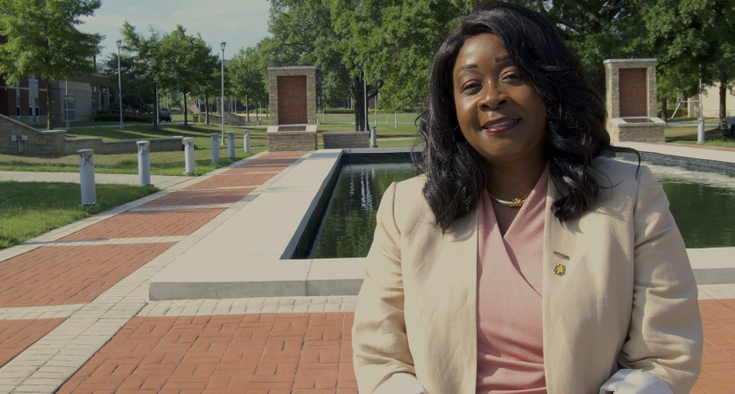The first time John Fox broke a rib, he was helping a buddy fix a lawnmower. The second time, he was lifting his wife's suitcase to stow in the car trunk for a trip. The third time, he was in the driver’s seat of the car and reached to the passenger's side to pick up something that had dropped on the floor.
All those breaks happened in the first half of 2023. While treating them, physicians discovered another issue. Fox, 63, had missed a step on the stairs one night as he took his dog out. He didn’t fall, but just the force needed to catch himself had cracked his pelvis. He was feeling pain but didn’t realize that his near-fall was the source.
Though Fox had lost weight, the change couldn’t account for why he kept breaking bones from routine activities. His doctor conducted a thorough exam in early July. He called Fox at 7:30 a.m. after the July Fourth holiday and said Fox needed to go immediately to the emergency room at Novant Health Mint Hill Medical Center for more testing.

After four days in the hospital, Fox was referred to Dr. Abhishek Chilkulwar, a hematologist specializing in diseases of the blood and bone marrow. Chilkulwar confirmed what the hospital tests had suggested: Fox had multiple myeloma, a form of blood cancer that causes the bones to weaker.
Fox thought he was going to die. And at one time, patients with multiple myeloma had a life expectancy of only three years after diagnosis. But much has changed in recent years.
For his treatment, Fox needed an autologous stem cell transplant, which usually requires a hospital stay of just over two weeks. But Fox became the first patient at Novant Health to receive the treatment an as an outpatient – without an overnight stay at the hospital. “He did amazingly well,” Chilkulwar (pronounced chik-youl-whar) recalled.
It took fortitude for Fox to reach that point, because a new medical problem developed that could have killed him.
Expert blood cancer treatment close to home.
A shocking discovery
Fox had assumed his symptoms were the effects of age. He had been married for more than 40 years to his high school sweetheart, Nikki, and loved spending time with their three daughters and five grandchildren. A former coal miner, he moved from West Virginia to North Carolina in 1987 and opened a truck brokerage business that he successfully ran with Nikki for decades.
The news of his diagnosis “just devastated us,” Fox said. “When they said ‘cancer,’ you read that stuff in the paper or you see it on the news, but when it knocks on your own door ...”
Chilkulwar assured Fox that if he followed the recommended treatment, he could likely give him more years with his family.
The process began with targeted chemotherapy twice a week for three months at Novant Health Matthews Medical Center. The stem cell transplant was scheduled to take place after that. But in October, the oncology team noticed Fox’s heart beating unusually fast. Following tests, he received an angioplasty to place a stent and open his main artery, which had been 75% blocked.
On multiple myeloma
Multiple myeloma is more likely to occur in people 65 or older. It is incurable, but that doesn’t mean it can’t be treated. "There are patients that achieve long duration of remissions, especially with a stem cell transplant," said Dr. Abhishek Chilkulwar, a hematologist specializing in diseases of the blood and bone marrow. Positive response to a transplant can last several years.
After that, doctors could perform a second stem cell transplant or a treatment called chimeric antigen receptor (CAR) T-cell therapy. In this therapy, physicians harvest the patient's immune cells, genetically modify them, then return them to the patient after additional chemotherapy. The goal is for the immune cells to recognize and kill the cancer cells.
Harvesting stem cells
By June 2024, Fox’s heart had strengthened. He was ready for melphalan, a high dose of chemotherapy designed to kill remaining cancer calls. Melphalan chemotherapy also kills healthy stem cells, so he would need them saved ahead of time. His medical team would harvest the stem cells and transplant them back to him following chemo.
Typically, the stem cell transplant could require up to 16 days in the hospital. Fox dreaded the prospect. Chilkulwar came up with an alternative: “How would you feel about doing this as an outpatient?”
The team at Chilkulwar’s office at Novant Health Cancer Institute - Elizabeth collected more than 15 million stem cells from Fox. For the transplant, Fox traveled daily to the outpatient cellular therapy unit at Chilkulwar's office on weekdays and to Novant Health Presbyterian Medical Center for outpatient monitoring on weekends. The transplant process took about two weeks.
“I might be there three or four hours but then I got to come home and eat my own food and sleep in my own bed,” he said. Being outpatient kept his spirits up and aided his healing, he believed. “Ninety-nine percent of the battle is in your head,” Fox said.
How stem cells are harvested for transplant
The stem cell transplant process is similar to a blood transfusion with a central line in the chest. Once the healthy stem cells enter the bloodstream, they go into “the bone marrow and then start producing red blood cells, white blood cells and platelets,” Chilkulwar explained. Some patients develop side effects such as nausea, vomiting, diarrhea and infections, which are treated as they occur; these typically resolve by day 12 of the process. Fox had few side effects.
He is feeling much better after his stem cell treatment and grateful for Nikki’s support and the care at Novant Health. “I can’t say enough about how well everybody at Novant has treated me,” he said. “Dr. C., he’s the best. I couldn’t ask for better care than what I’ve had with Novant.”










